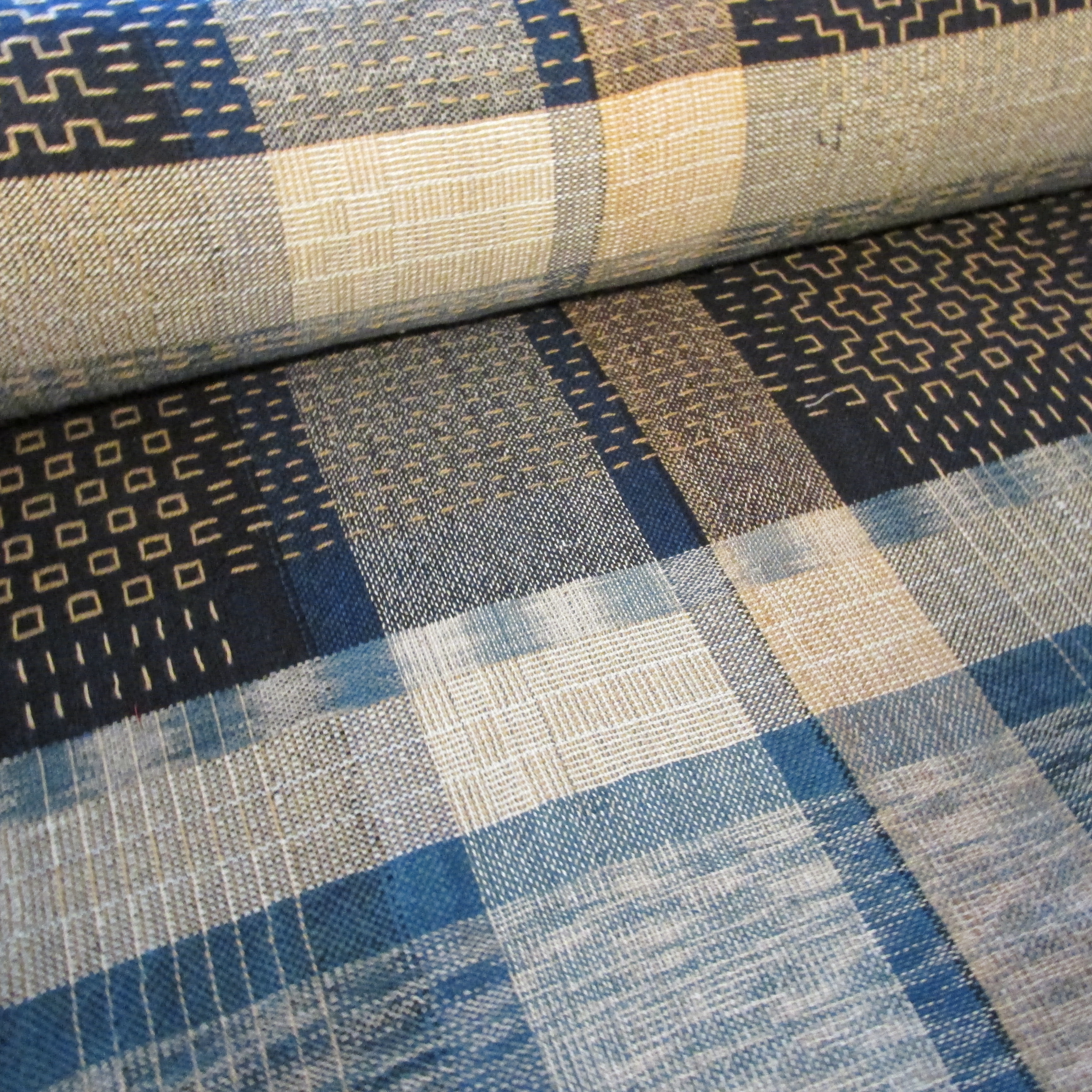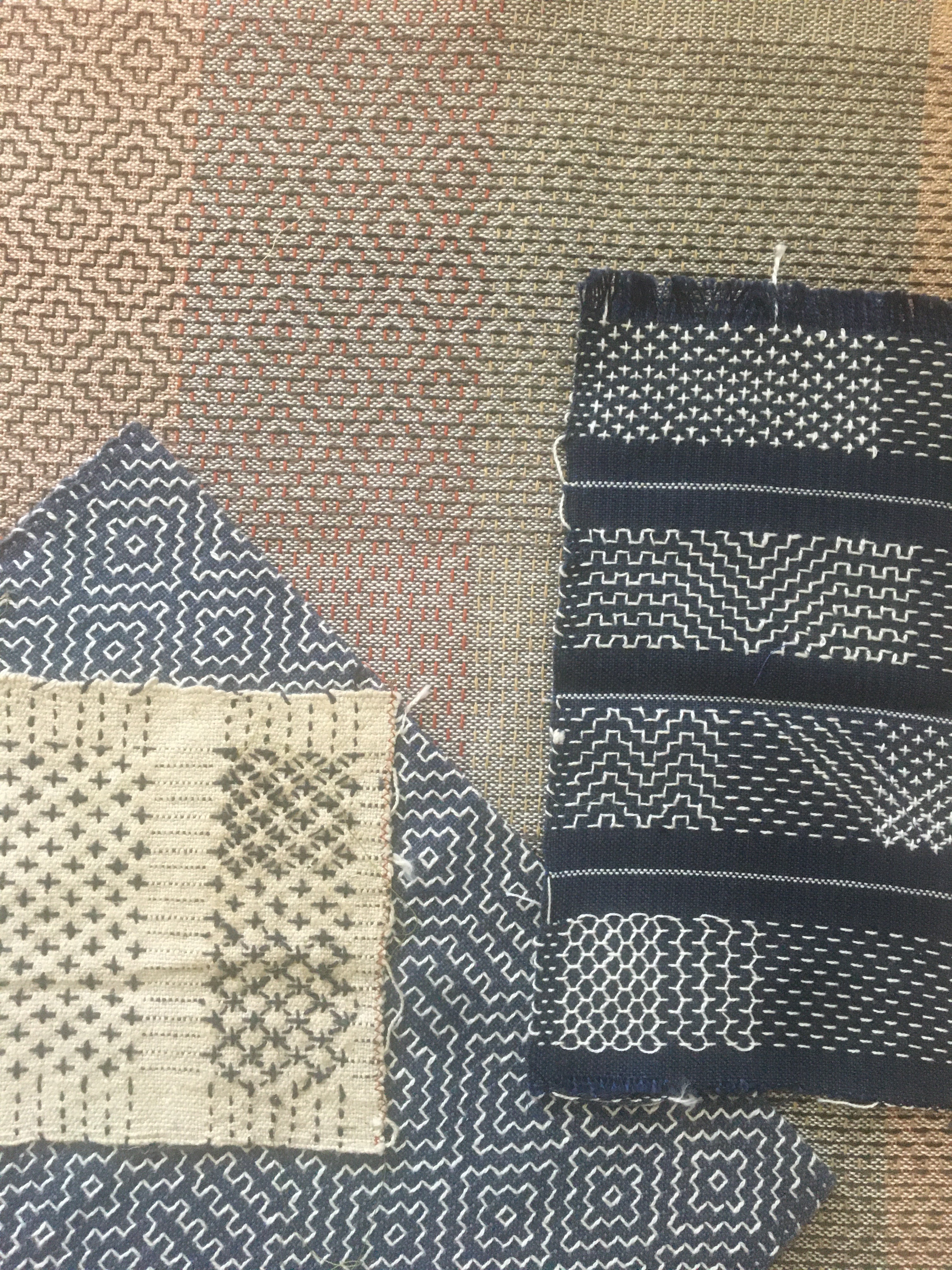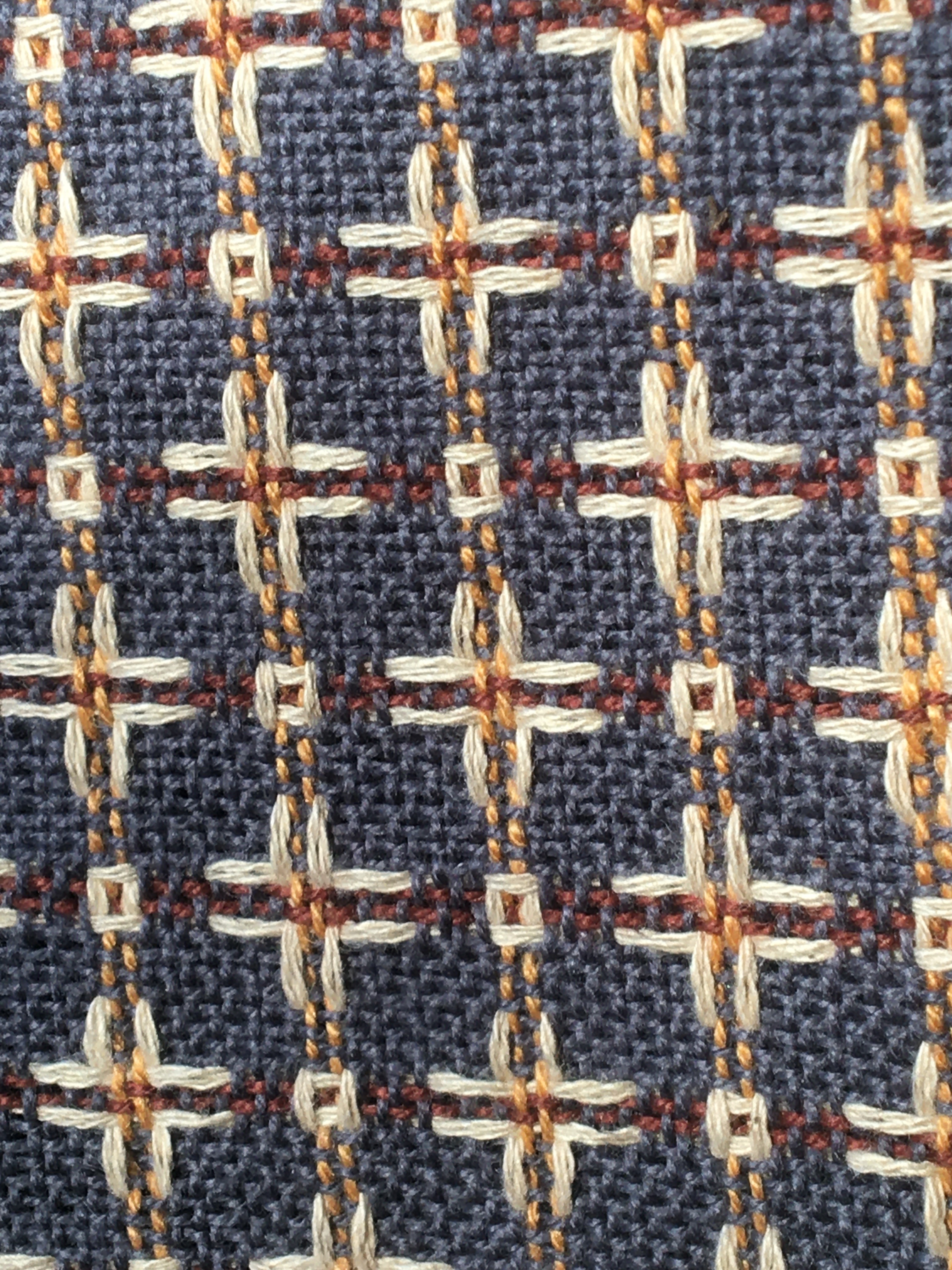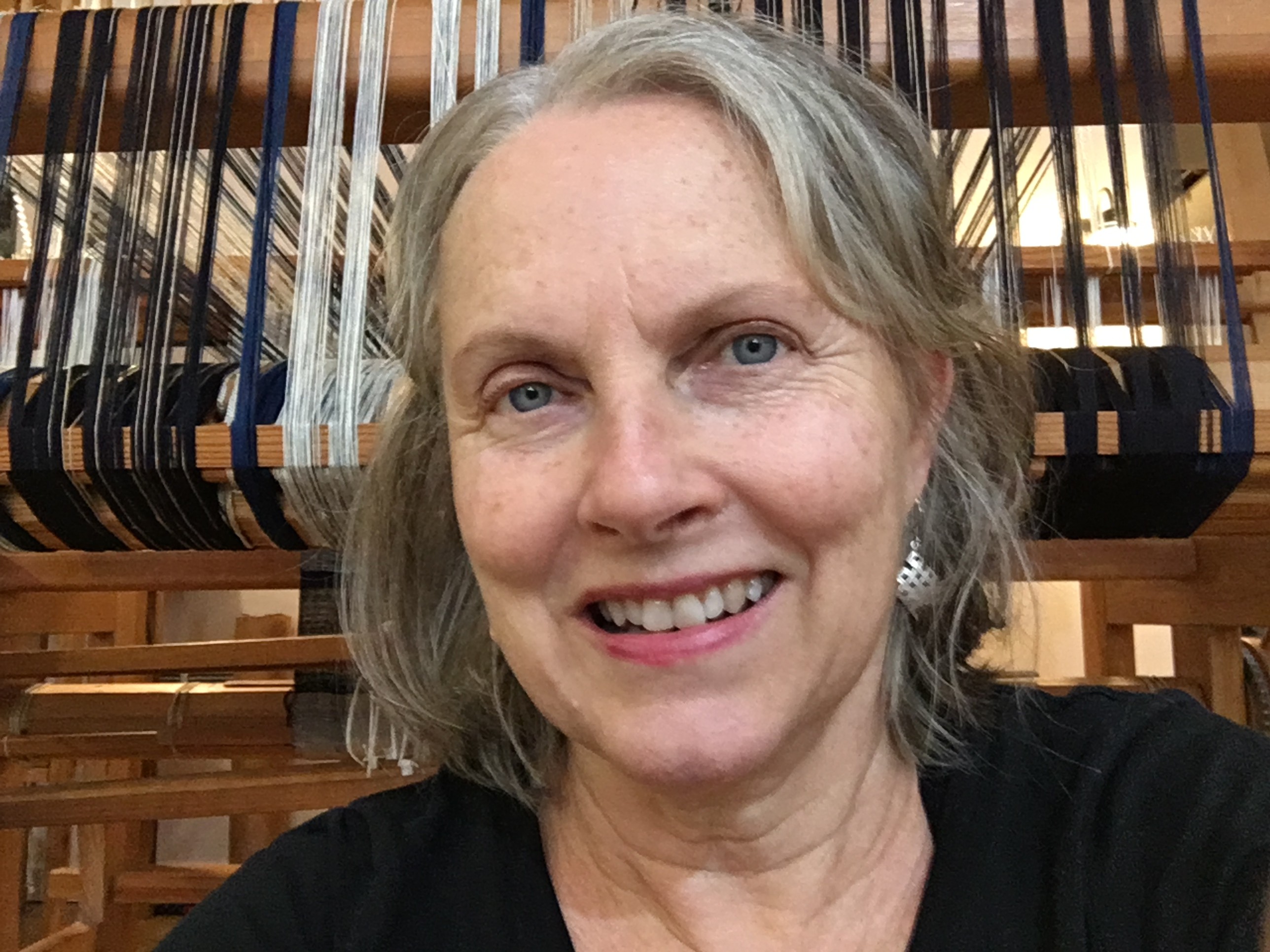
Sashiko Ori Weaving: A Conversation with Beth Ross Johnson

Beth Ross Johnson is a North Carolina fiber artist who has a special interest in folk textiles from Japan. In this post, Beth shares about her upcoming Sashiko Ori weaving course and what she loves about this unique style of weaving.
What is sashiko ori?
Sashiko is an umbrella term for the many styles of repairing, reinforcing, and embellishing folk textiles. It originated in northern Japan and is now a needlework pastime with practitioners all over the world. Sashiko ori refers to these patterns when they are woven into the cloth on the loom.
.jpeg)
How did you get started with sashiko ori?
I had done some sashiko stitching but teaching it online became one of my Covid "jobs." Being a weaver, I naturally thought it would be faster to weave these designs than to stitch them and started figuring out the drafts. But knowing that in weaving there is not a lot that is new under the sun, I started combing through books and books of weaving drafts looking for examples. I found examples from ancient Peru and, of course, from Japan. I also found related structures from Scandinavia and the British Isles and other weavers who have investigated these structures, most notably Minnesota weaver Phyllis Miller who has been methodically drafting sashiko patterns. We are surprised that there hasn't been more investigation into these fun structures.

What do you like about sashiko ori compared to other kinds of weaving you've done?
At first, I liked it because I could weave these patterns instead of stitching them all, but lately, I've added diagonal lines and other things I can't do with the loom. I also enjoy stretching my brain—it really is a different way of thinking about how warp and weft interact. A few of the patterns change after they are taken off the loom and washed, so that is fun to see what appears.

What can weavers expect from the class at North House?
It is a short class but I'll bring warps so at least that is done. Students will learn a little about the structure and how it works and design their own six harness pattern based on the very geometric hitomezashi style. We'll have it set up so students can change their patterns if desired. If anyone has done this type of pattern before based on the article I had in VAV magazine or other explorations, we can take things a step further or work in another direction. And we will do a little stitching also.
A student of mine designed a program for sashiko stitching that we'll be using in class. You can get on there and play to get an understanding of how the patterns work. (Find the program here.)
I'm hoping that students will leave with an understanding of the basic structures, ideas for adding color and weave effects, and working with different fibers to continue exploring. Students who only have four harness looms at home will be given some directions they can pursue.
I'm looking forward to getting in touch with my Nordic roots (Kansas Norwegian on my Dad's side) by experiencing Minnesota in February!

Beth Ross Johnson teaches weaving classes at North House Folk School. Find all upcoming weaving courses here.